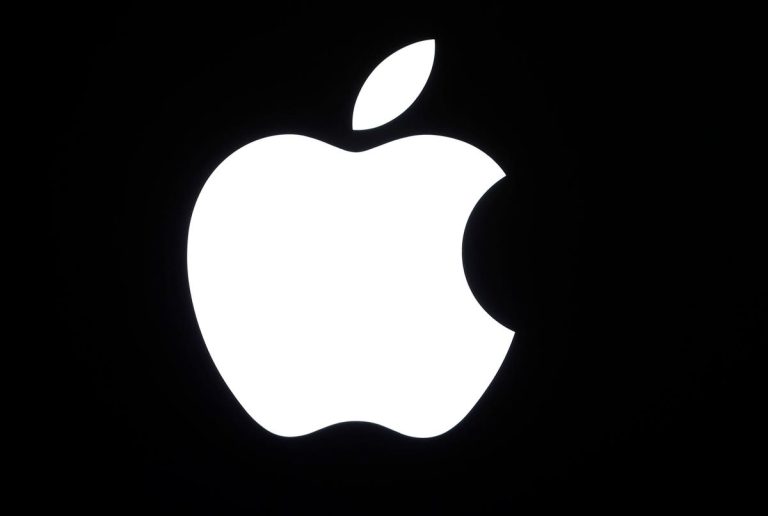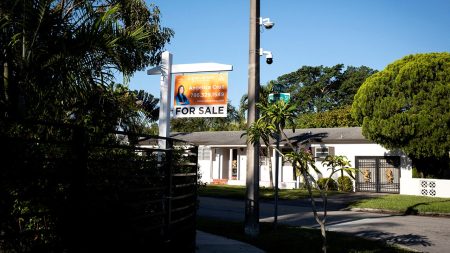In December 2018, you could buy a share of Apple (AAPL) for about $40, adjusted for the 2020 stock split. Today, that share is worth upwards of $175. Look back further in time and you’ll see, this isn’t an anomaly. The iPhone maker has a long history of producing impressive capital gains for its shareholders.
But what about dividends? Can a slice of Apple generate gains and cash income? The answers are below, along with an analysis of AAPL’s key dividend metrics.
Does Apple Stock Pay Dividends?
Apple stock does pay dividends. The current Apple stock dividend per share is $0.24 quarterly—paid in February, May, August and November. The company has raised its dividend every year since 2012.
Prior to 2012, though, Apple’s dividend performance was less impressive. The quarterly dividend remained flat between November 1990 and December 1995, for example. Then it disappeared for 17 years, until Apple resumed the shareholder payouts in 2012.
Today, investors largely ignore Apple’s older era of dividends—choosing instead to focus on the current dividend yield, total return, payout ratio and dividend growth percentage. Read on to dive into these metrics and understand how they can help you decide if AAPL has a place in your portfolio.
Apple Stock Dividend Yield
Dividend yield is the annual dividend payment divided by the company’s current stock price. The resulting percentage is a measure of income efficiency. It answers this question: For each dollar I invest in this stock, how much can I earn in dividends?
Yield is also a metric you can use to compare the income potential of one stock to another. A high dividend yield equates to more income potential for the same investment amount.
Here’s an example. Apple’s dividend yield is 0.55%. This is based on Apple’s latest quarterly dividend of $0.24 multiplied by four and a stock price of $174.49.
If you spend $1,000 buying AAPL shares, your estimated annual dividend income is $5.50. Compare that to another tech giant, Microsoft (MSFT), whose dividend yield is 0.86%. Buy $1,000 worth of MSFT and you’d expect $8.60 in dividend income.
So MSFT is better from an income standpoint than AAPL. But this doesn’t automatically mean MSFT is a better stock. There are other factors to consider alongside a yield comparison, including:
- The stock’s total return history, which includes dividend yield and capital gains
- Your own goals and risk tolerance
- The sustainability of the dividend, commonly measured by payout ratio and earnings growth
- The stock’s dividend growth history, which points to whether the dividend will keep pace with inflation and remain competitive over time
Let’s talk through each of these in more detail.
With inflation running at 3.0%, dividend stocks offer one of the best ways to beat inflation and generate a dependable income stream. Download Five Dividend Stocks To Beat Inflation, a special report from Forbes’ dividend expert, John Dobosz.
Total Return
There are two ways to make money on stocks. You can earn big capital gains or cash dividends. Some stocks produce one or the other, or a bit of each. Generally, a stock that delivers huge capital gains will pay low or no dividends. The reverse is also true: A stock that has a massive dividend yield often won’t deliver much in the way of capital gains.
Total return measures a stock’s gains and dividends. This allows for comparability of stocks no matter how they return value to shareholders.
AAPL shows the usefulness of a total return analysis. If you look solely at Apple’s dividend, the stock is not impressive. The 0.55% dividend yield pales in comparison to the 1.62% dividend yield of the S&P 500 index, for example.
AAPL is far more appealing from a total return standpoint, however. The company has produced an average 25.1% annual return for its shareholders over the last 15 years. For reference, Microsoft’s 15-year average total return is lower at 18.3%—despite that company’s higher dividend yield.
Goals And Risk Tolerance
You’re more likely to accept Apple’s low dividend yield if your goal is to invest in a solid company with long-term growth potential. In that light, you’d likely reinvest the dividends to grow your position faster.
If your goal is to maximize income, however, Apple’s dividend yield is too low. You’d seek out higher-yielding stocks that still suit your risk tolerance.
Payout Ratio
Payout ratio is the percentage of a company’s income that gets paid out in dividends. You calculate payout ratio by dividing basic EPS (earnings per share) into the 12-month dividend amount. This is a useful metric for assessing the sustainability of dividend payments.
A very high payout ratio can arise when a company’s profits decline. To continue supporting the dividend on lower profits, the company must manage with lesser funding for capital expenditures, research and development and other growth initiatives. Lower funding in those areas might be workable temporarily, but it’s not viable long-term.
Unless the business can restore profits, a dividend cut is the most likely solution.
For this reason, investors often prefer payout ratios below 80%, with some exceptions. A business model that produces predictable cash flow with limited need for innovation could operate comfortably with a 90% payout ratio. Companies with less visibility into future earnings and heavy growth budgets cannot.
Apple, as a technology company that launches new product iterations annually, falls into the latter group. Fortunately, the company maintains a low payout ratio of 16%. This is calculated with the last 12 months of dividend payments ($0.94) divided by the cumulative basic EPS over the prior four quarters ($6).
Apple’s 16% payout ratio compares favorably to Microsoft’s payout ratio of 28%. It also compares favorably to Apple’s historic three-year, five-year and ten-year average payout ratios, which are 16.6%, 19.6% and 22.6%, respectively.
With inflation running at 3.0%, dividend stocks offer one of the best ways to beat inflation and generate a dependable income stream. Download Five Dividend Stocks To Beat Inflation, a special report from Forbes’ dividend expert, John Dobosz.
Dividend Growth
Dividend growth is another important consideration for income investors. Dividend increases combat inflation and protect dividend yields over time.
A stagnant dividend, on the other hand, loses purchasing power as prices inevitably rise. The longer that negative trend continues, the less appealing the stock will be. The stock price may eventually plateau or decline as a result.
Apple has a good track record of dividend growth. As noted, the tech giant has raised its annual payout each year since 2012. In recent years, the dividend increase, adjusting for the 2020 stock split, has been $0.04 annually—passed along to shareholders as a $0.01 per share raise in each quarter.
The annual dividend increase since 2019 has fluctuated between 4% and 7% and averages to 6%.
Apple Stock Dividend History
The chart below outlines the key dates and metrics of Apple’s stock dividend for the last five years.
Note that the dividend amounts shown are not adjusted for Apple’s 4-for-1 stock split that was implemented on August 31, 2020. You can see that after the split, the cash dividend dipped from $0.82 per share to $0.205 per share. The split awarded shareholders four times as many shares but reduced the dividend by 75%. The net effect was no change for shareholders.
AAPL Dividend FAQs
Is Apple’s dividend low?
Apple has a low dividend yield of 0.55%. For context, the dividend yield of the S&P 500 is currently about 1.63%. That’s nearly three times higher than Apple’s yield.
It can be a mistake to evaluate dividend yield on its own, however—especially with a stock like AAPL that has a demonstrated record of appreciation. Total return, which includes dividends and capital gains, paints a broader picture. Apple’s total return averages an impressive 25.1% over the last 15 years.
How often does Apple pay a dividend?
Apple pays a quarterly dividend. The payment dates fall in February, May, August and November.
How many years has Apple’s dividend grown?
Apple has increased its dividend annually for 12 years. The first year was in 2012, when Apple initiated a dividend after having not paid one since 1995.
With inflation running at 3.0%, dividend stocks offer one of the best ways to beat inflation and generate a dependable income stream. Download Five Dividend Stocks To Beat Inflation, a special report from Forbes’ dividend expert, John Dobosz.
Read the full article here









